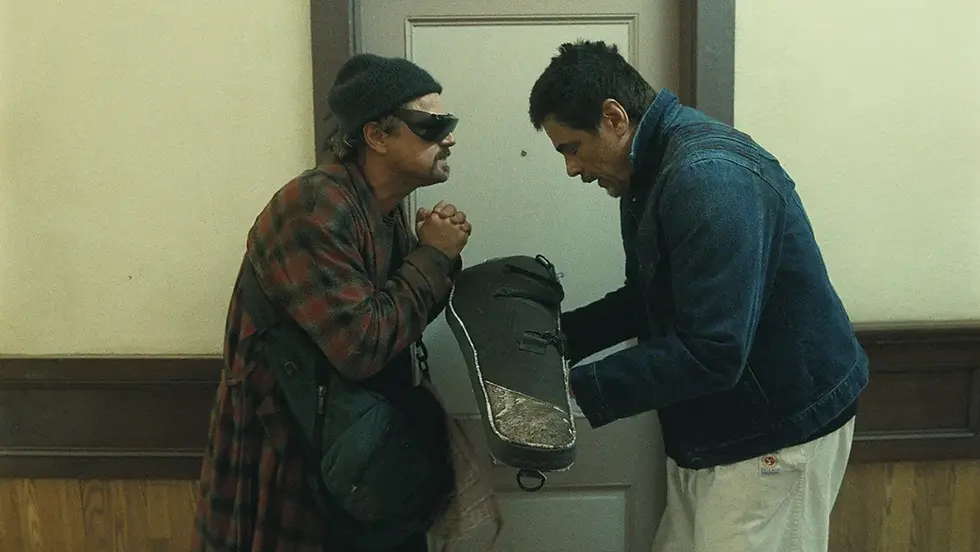Requited Love
- Kristina Dryža

- May 21, 2023
- 4 min read
Updated: May 17, 2024

There’s a story to every scar, physical or emotional. And the scar tissue almost always remains (in some form or another). Especially with heartbreak. We’ve all read enough well-meaning articles to know that we should walk away from someone who doesn’t treat us with decency and respect. But it’s not just as simple as walking away, now is it? Often when we remove ourselves from a denigrating situation we’re left with huge insecurities about our self-worth. Perhaps we’re tempted to think that we’re incapable of maintaining a loving relationship, let alone be deserving of one. Self-woven narratives of insecurities begin to whisper into the psyche’s inner ears. Dakota tribal wisdom states, “If your horse is dead, dismount!” But it can feel almost impossible to give up a relationship that we’re so heavily invested in, even if at our core we know that it isn’t going anywhere.
We may innocuously say that we simply want a lover who will meet us where we are, while continuing to choose people who will only disappoint us, not realizing that we’re trapped in the archetype of the unrequited lover. For example, we choose people who are unavailable so that our love is never requited … and our affection is never returned. But why would we do that? Possibly, because it keeps us safe.
It’s why people can (and often do) unconsciously choose an addict, whose addiction means that they’re never grounded in present (vertical) time; or the lover who lives in another country and isn’t available in geographic (horizontal) time; or we chase the workaholic, who has no time at all and can’t reciprocate our feelings, even though they have the best of intentions. Opportunely, in such situations, there’s no chance to expose our vulnerability to the gritty presence of intimacy. Could the underlying issue be that we can’t receive or give intimacy to another when we don’t even have a close, intimate relationship with ourselves? And if so, have we the courage to recognise this and face it?
In A Joseph Campbell Companion: Reflections on the Art of Living, Campbell writes:
“The distance of your love
is the distance of your life.
Love is exactly as strong as life.” (35)
We may find it to be incredibly easy to say to a friend, caught in the same unrequited love situation as our own, that there’s nothing more ruinous than waiting for someone to love you back. And it’s not necessarily because this other person is too shy or immature to show their feelings; rather, they don’t feel the same way. They don’t really love you. Or, as the popular book and movie title bluntly states, He’s Just Not That Into You. We’re clearly not open to the same wise counsel that we’re so willing to readily impart to others. It’s why we sometimes overinvest in a friend’s heartache, because our own is too much to confront.
But what does our friend who wrote Meditations on the Tarot: A Journey into Christian Hermeticism advise?
Now, to feel something as real in the measure of its full reality is to love. It is love which awakens us to the reality of ourselves, to the reality of others, to the reality of the world and to the reality of God. In so far as we love ourselves, we feel real. And we do not love—or we do not love as much as ourselves—other beings, who seem to us to be less real.
Now, two ways, two quite different methods exist which can free us from the illusion ‘me, living – you, shadow’, and we have a choice. The one is to extinguish love of oneself and to become a ‘shadow amongst shadows’. This is the equality of indifference. India offers us this method of liberation from ahamkara, the illusion of self. This illusion is destroyed by extending the indifference that one has for other beings to oneself. Here one reduces oneself to the state of a shadow equal to the other surrounding shadows. Maya, the great illusion, is to believe that individual beings, me and you, should be nothing more than shadows – appearances without reality. The formula for realizing this is therefore: ‘me, shadow – you, shadow’.
Their Letter VI to us continues:
The other way or method is that of extending the love that one has for oneself to other beings, in order to arrive at the realization of the formula: ‘me, living – you, living’. Here it is a matter of rendering other beings as real as oneself, i.e. of loving them as oneself. To be able to attain this, one has first to love one’s neighbor as oneself. For love is not an abstract programme but, rather, it is substance and intensity. It is necessary therefore that one radiates the substance and intensity of love with regard to one individual being in order that one can begin to ray it out in all directions. ‘To be able to make gold one has to have gold’, say the alchemists. The spiritual counterpart of this maxim is that in order to be able to love everyone one has to love or to have loved someone. This someone is one’s ‘neighbor’. (140)
Know Thyself (Gnothi Seauton) is the foundation that allows one to love oneself and one’s neighbor. The Lover tarot card therefore is a reminder to be love. Because one can’t be separate from what one is. This is the love that we’re actually seeking. And it can be effortlessly requited, for the very fact that we are it.

%20BB.png)


